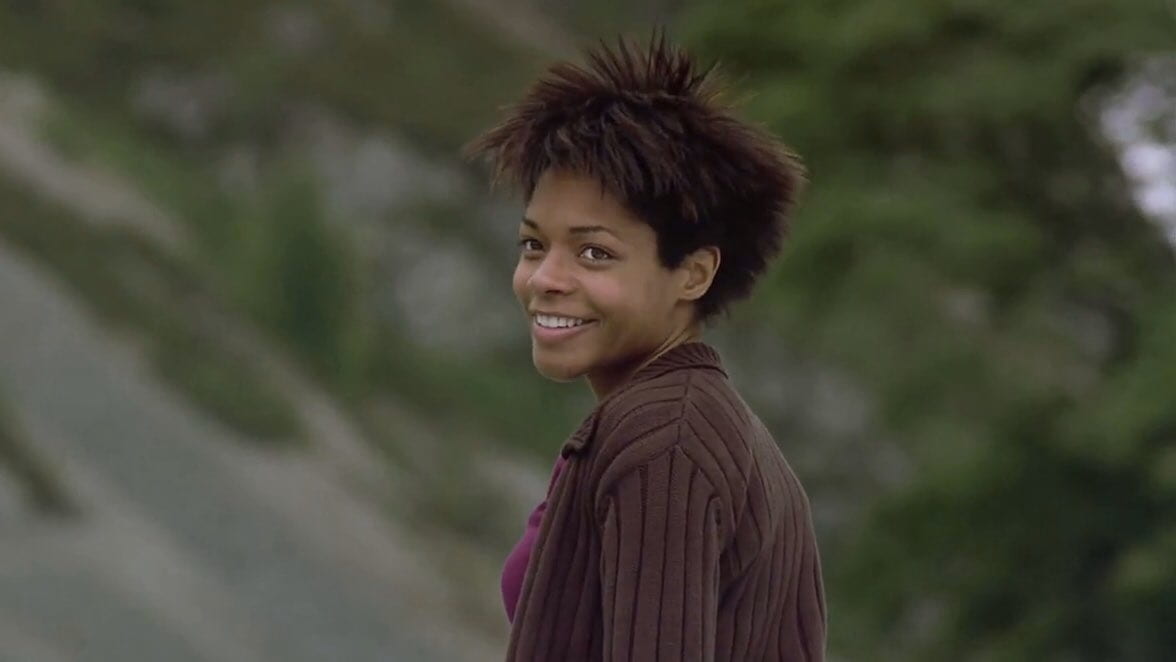At face value, 28 Days Later is another zombie flick: a film about a group of people who struggle for survival in a twisted version of our own world in which some event has resulted in the transformation of most of the human population into mindless, angry cannibals. While the premise of many of these films is the same, one must not forget to look for ways in which this genre may critique our world through its own. Fiction offers a way for us to view the flaws in which we act as people because it presents a world, often one that is not spectacularly different from our own, through which we can view the absurdities and contradictions of our way of life from an outside perspective. In the context of the disaster genre, we are shown the degree to which we take our comfortable and convenient lives for granted. Disaster films, especially ones in which the main characters are isolated or pressed for survival, can and do offer valuable critiques on our fallacious social constructs.
Many would be surprised to find that 28 Days Later, a film which presents to its audience an experience that pretends to be nothing more than a horror film featuring armies of flesh-eating enemies, takes advantage of its setting and circumstances to make valuable points about gender equality.
A common trope in zombie films remains the idea that humans can be enemies to the same degree as zombies, with the main separation between human enemies and the undead being the nature of their malice. In 28 Days Later, the protagonists Jim and Selena arrive at a military compound which presents itself as a refuge from the hordes of people infected with the Rage virus. It is later at this compound that they learn that the refuge is a trap in order to capture female survivors, who are then supposed to be inducted as slaves in an attempt to repopulate the United Kingdom.
28 Days Later is unique among films of its type in that it critiques the common damsel-in-distress archetype by featuring the female protagonist as strong and competent. Selena is often responsible for protecting or saving other characters, and in this sense, she rejects the classification outlined by Simone de Beauvoir in her introduction to The Second Sex, in which women are viewed as being different from the default, or as a simple derivative of man.
With the world in ruins, 28 Days Later is able to pick apart assumptions we have about gender. With the collapse of the world’s traditional systems of social control, the various stereotypes and negative dualities of gender fall with it. Selena’s rejection of these categorizations represents a return to normal. Upon my first viewing of the film, one quote stood out to me as proof of the film’s deeper meaning:
“If you look at the whole life of the planet, we, you know, man has only been around for a few blinks of an eye. So, if the infection wipes us all out… that is a return to normality.”
To say that the disaster genre is capable of showing a world without social constructs is an understatement. In fact, as illustrated by the quote above, the film is aware of it.

